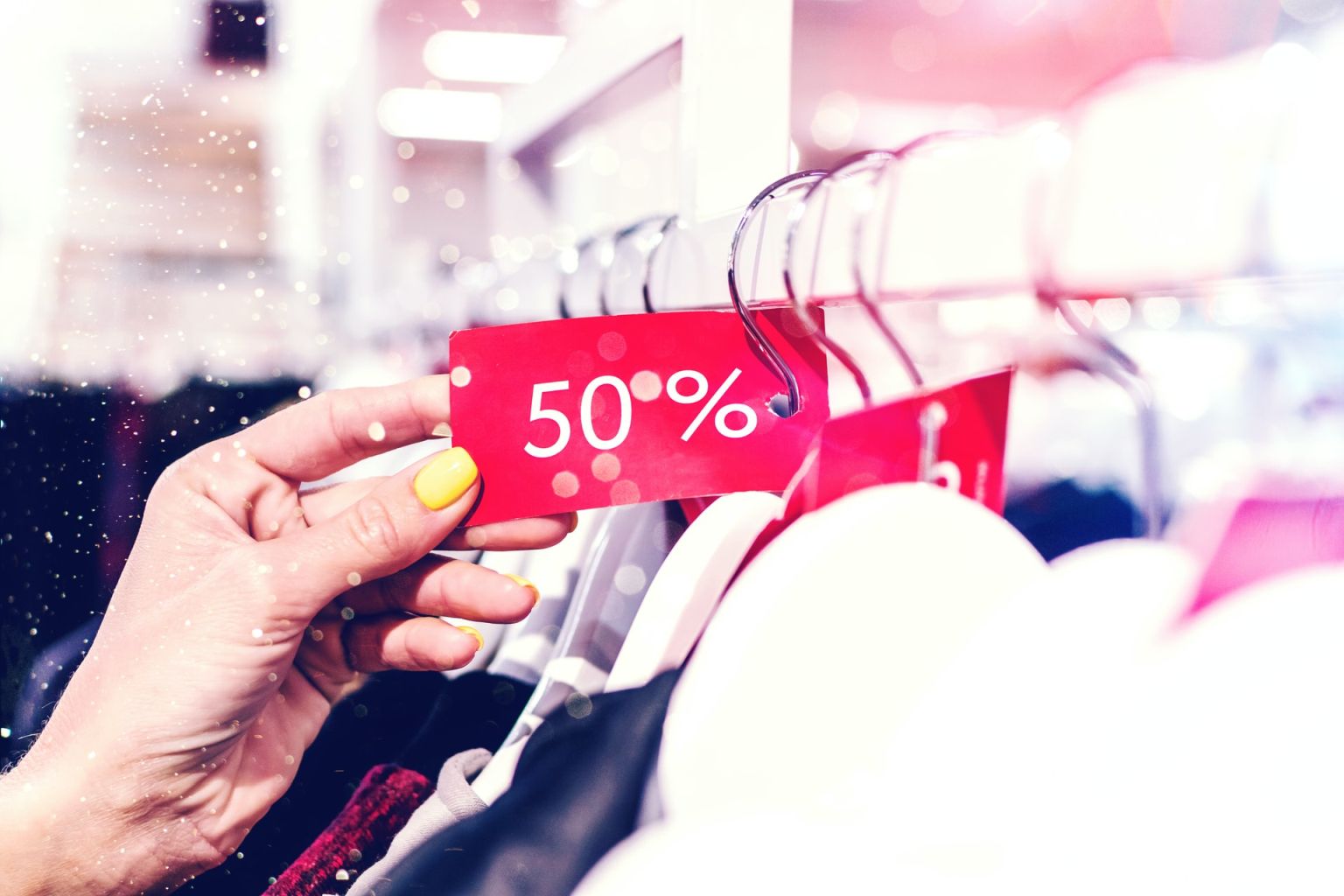The most common accusation against marketers is usually that they sell a commodity cheaply, only to increase the price later when customers get used to it or it becomes indispensable to them. Strategy skimming is the exact opposite. It might seem counter-intuitive from a marketing point of view. And yet it works!
Anyone who grew up in the country knows that when you put the milk down, the cream will collect on top. This is the best tasting and most valuable part of the milk. The layer at the very top is the 'creme de la creme', or 'cream of the cream'. Hence, numerous terms have been coined, such as social cream or "sipping the cream". And it is to the latter concept that the strategy of skimming, or collecting the cream, refers. What does this mean in business reality?
Do you want to be original and are you looking for the best strategy?
You've come to the right place, check what we offer.
What is the skimming strategy?
Skimming strategy involves launching a product at an inflated price when there is still little or no competition. The manufacturer can watch the sales bars. When he sees that demand starts to fall, the skimming strategy enters a second phase: the price is gradually lowered. Again, more customers appear. In the end, those for whom price is the decisive factor in their purchases join in. This makes it possible to quickly make up for the large investment made previously, for example in new product development and research. The skimming strategy works for basic goods as well as for luxury or mid-range goods.
When is it worth using the skimming strategy?
Skimming strategy allows you to gain maximum profit when demand for a particular item is highest. This is usually the case when the product has just appeared on the market. Customers will buy it even at a higher price out of curiosity or real need. Often this is followed by interest from competitors who release similar things into this market encouraged by high margins. At this point, however, the price of the original product is reduced.
Whoever enters the market first has the advantage of being the "original" producer who sells "real", "top quality" goods. All this works well, for example,
- after freeing the market from restrictions (e.g. CBD products),
- when introducing a new product to the market (e.g. e-cigarettes),
- when introducing new features and gadgets (monitors OLED, bent screen, more pixels).
- when entering a new market (e.g. Korean masks in Poland).

Sometimes a product is a response to a new need, other times it just creates a fashion or demand. Sometimes the 'first product' has features and capabilities that competitors did not have before. This is often the case with electronics. Over time, it may become apparent that the function is not of great importance. However, the skimming strategy allows you to reach the most committed users who are willing to pay extra to have something before others. All you have to do is find such a market opportunity and grab the chance to then... sip the cream of success.
Skimming strategy on the example of the 90s in Poland
In the Poland of the 1990s, there were excellent conditions to observe what is skimming strategy. Anyone who was alive at the time remembers the exceptionally high prices of some 'western' goods.
Concrete examples:
- In the first Polish Benetton store, the sweatshirt cost even PLN 300-400. Today, despite the much higher costs than before - it is only PLN 100-200.
- Similarly, dizzying prices were achieved by foreign skateboards, toys and electronics.
- Whiskey, which you can buy today in any local store for 40-60 zlotys, then cost 150-300 zlotys per bottle.
The case of the first wines imported to Poland was different - these were expensive because the scale of imports was small and these liquors have specific requirements for transport and storage. In the above examples, the costs were not significantly higher than today. It was the skimming strategy that was used. The first company in the young market (Benetton, a manufacturer of whiskey or toys) has no competition. At the same time, the demand for these products is not high and mainly among the then most aware and few middle and upper class. Those who are able to pay 200 zlotys for a sweatshirt just because it has the logo of a brand that is not very well known in Poland might as well pay 300 and 400 zlotys for it. Such once almost luxurious goods are now within reach - prices have come down.
Problems with the skimming strategy
A major problem with this skimming strategies is the internet. It is very difficult to keep the price artificially high today. Customers even travel abroad to bring back a cheaper electronic gadget or cosmetic from there.
The level of awareness is very high and therefore skimming strategy must go hand in hand with appropriate communication strategy. The customer must be sure that the product is unique and worth its price. At the same time, it may be necessary to raise certain artificial barriers, such as the lack of shipment to Poland from foreign stores of the chain selling the same.

A final problem that may be associated with skimming strategyis that the value of the product in the eyes of the customer decreases as the price falls. Here, too, appropriate branding and advertising materials at a consistently high level can convince buyers that the item is cheaper, but still luxurious. If things remain available through existing sales channels and are accompanied by careful packaging as before, the customer can feel pampered by paying less for the same quality. It is different when the main sales channel suddenly changes. Often this problem can be seen with premium brands that enter discount stores. If they move sales there, change prices and packaging, and the quality does not hold up, the company will eventually lose trust and reputation.
A breakdown of the cream collection strategy
Cream harvesting strategy can be implemented in different ways, depending on the objectives of the company and the characteristics of the market. One approach is a strategy for quickly collecting the creamwhich involves launching a product on the market with a high initial price, supported by intensive promotional activities. The aim is to quickly maximise profits and build brand prestige. In contrast a strategy to slowly pick up the cream implies setting a high price while limiting promotional efforts, which works well in situations where the product is already known in the market and there is little competition.
What advantages does the skimming strategy have?
Application the cream collection strategy brings a number of benefits for companies bringing new products to market. First and foremost, it allows the costs incurred on research and development to be recovered quickly by setting a high initial price. In addition, it creates a brand image offering exclusive and innovative products, which attracts customers looking for novelty and prestige. It is also worth noting that skimming strategy enables market segmentation, reaching less price-sensitive customers first and then, by gradually reducing the price, to further segments. This approach, also known as a strategy for quickly collecting the cream, allows profit maximisation in the various phases of the product life cycle.
Application of sales skimming
Cream harvesting strategy is primarily used for innovative, unique or highly refined products. Industries such as consumer electronics, technology or luxury goods often use this method to emphasise the exclusivity of the offering and achieve high initial margins. In the context of skimming marketing, it is important that the product stands out from the competition to justify its higher price. It is also worth remembering that skimming strategy is effective in segmenting the market, allowing different groups of customers to be reached at appropriate points in the product life cycle. Understanding, what is the cream collection strategy, is crucial for its effective implementation and the achievement of the intended business objectives.
The final problem is when high initial prices keep too many buyers from buying. The market is growing slowly and the competition has a lot of time to work on their own goods. As a result, it may turn out that when it enters the market with them, they will be significantly cheaper and refined. Customers will quickly forget about the expensive and less modern prototype.
Want to stay one step ahead of the competition? Come to contact, tell us about it - we'll help you achieve it.

